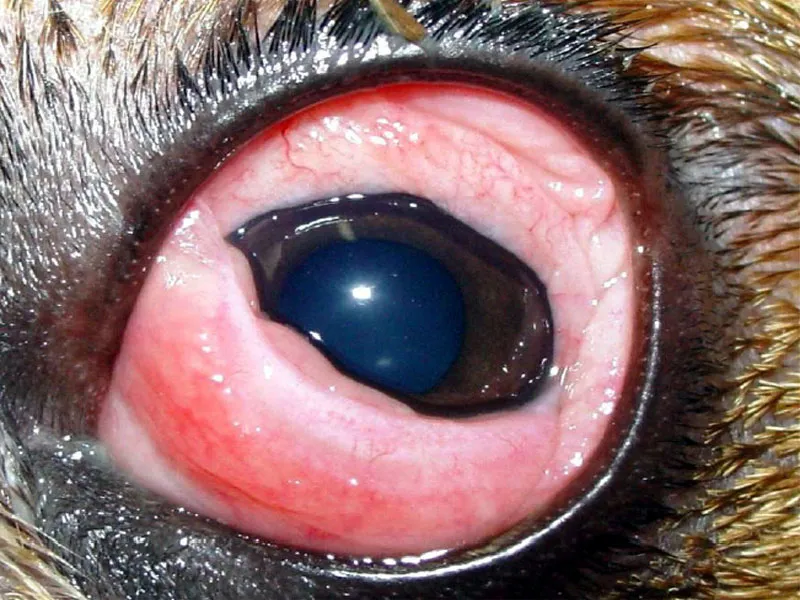Experimental infection of commercial layers using a Salmonella enterica sorovar Gallinarum strain
blood serum components and histopathological changes
DOI:
https://doi.org/10.24070/bjvp.1983-0246.003020Keywords:
fowl typhoid, serum biochemical profile, histopathology, commercial layersAbstract
The purpose of the study was to evaluate the blood serum components and histopathological findings of commercial layers experimentally infected with Salmonella Gallinarum (SG), the microorganism responsible for the fowl typhoid. 180 commercial layers were distributed into three groups (G): G1 and G2 received 0.2mL of inoculum containing 3.3x108 and 3.3x105 CFU of resistant SG to the nalidix acid (Nalr)/mL, respectively, directly into their crops; G3 did not receive the inoculum (control group). The birds were inoculated when they were 5 days old and the euthanasia was performed 24 hours before and after infection and 3, 5, 7 and 10 days after the administration of the inoculum. In each day of collection, blood samples were obtained for biochemical tests of the blood serum besides macroscopic and histopathological examination of the birds. Data were submitted to analysis of variance by the SAS statistical program and the means were compared by Tukey´s test (P<0,05). In the serum biochemical profile it was observed that the infection interfered in the values of total protein, albumin, calcium, phosphorus, cholesterol, triglycerides, GGT and ALT in the infected groups. The macroscopic examination showed hepatomegaly, alteration of the hepatic color and hemorrhagic spots in the kidneys of animals from G1. The histopathology showed degeneration of hepatocytes in G1 and G2 although other lesions like multifocal hepatic necrosis and inflammatory infiltrate on the liver and kidneys were restricted to G1. The alterations were more evident on G1 which received a higher concentration of bacteria/mL when compared to G2. The results showed that the correlation between biochemical alterations and macroscopic and histopathological lesions can assist the comprehension of the pathophysiology of fowl typhoid, supplying important information for the diagnosis and prognosis of this disease.


